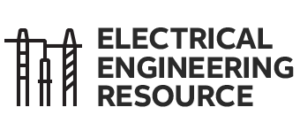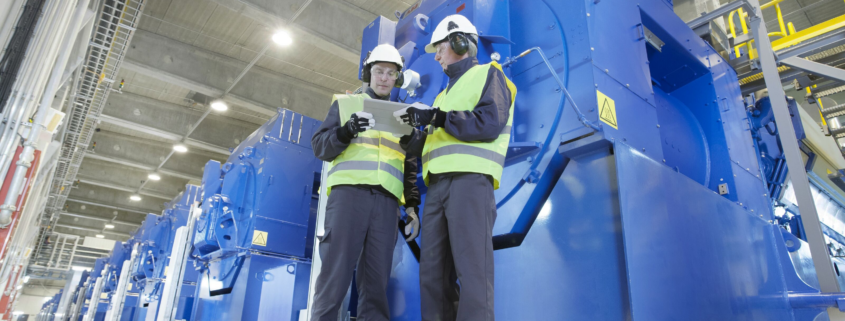Ensuring safe, reliable backup power for mission critical applications
Many companies invest in backup solutions to ensure reliable, stable power to mission-critical applications in the event of a power outage. Choosing advanced, integrated control components improves the reliability of these backup solutions.
As the grid ages and demand for electricity sometimes outstrips supply, power outages have become an unfortunate fact of life. For some industries, such as healthcare, process manufacturing, semiconductor fabrication, data centers, and other critical infrastructure, outages can threaten not only the business but also lives. To ensure service continuity, organizations in these industries often invest in various backup solutions. Gensets, short for generator set, are a popular, compact system that combines an engine and a generator to produce electrical power.
By far, weather and other natural disasters cause most power outages in the United States – nearly 87% according to one estimate. However, equipment failure also accounts for a not inconsequential 11.9%. Backup power systems can lessen the impact of power outages – provided the business takes steps to ensure the reliability of these systems. In this article we look at how choosing integrated electrical components to support genset backup power can help prevent everything from momentary power loss to catastrophic outages.
5 essential genset control components
To ensure backup power reliability, the genset must be supported by an integrated network of advanced components designed to work together. Dozens of components have a role to play, but it helps to break them down into five main categories.
Automatic Transfer Switches (ATS) – In the event of a loss of power, the ATS coordinates when to engage or disengage the genset based on real-time power status. This synchronization is pivotal for maintaining uninterrupted power and reducing the risks associated with outages or power quality issues. More advanced ATS, such as the ABB TruONE™, further enhance power reliability by integrating the switch and the controller into a single unit. Eliminating external wiring between components significantly reduces potential points of failure to ensure reliable operation during critical power transitions. This integration also simplifies the installation process, making it up to 80% faster and increasing safety by minimizing the exposure of maintenance personnel.
Control power components – Controlling power requires a wide range of components, such as monitoring relays, and pilot devices. Of course, all of these components require power to operate and the choice of power supply matters. More advanced power supply solutions provide additional protection through isolation of the control voltage and can provide power buffering as well. This helps improve power stability during voltage dips and sudden high-load situations.
Command and signaling components – This category of components includes all the manual devices used to control the flow of power, e.g., pushbuttons, selector switches, and emergency stops. Many systems also include various alarms and lights to indicate certain modes or the status of the equipment.
In addition, various types of relays are used to control the power flow to protect people and equipment:
- Interface relays provide isolation and circuit manipulation by engaging or disengaging their internal coils.
- Time relays are specialized electromechanical or electronic devices used to control the timing of operations in electrical systems. For example, an industrial generator may require a cool down phase before powering down completely.
Motor Protection – These components provide local protection by relaying information to control devices. For instance, if a genset overheats it can lose efficiency or even fail completely. In this category, you commonly find thermistor, phase, voltage, and temperature monitoring relays.
Monitoring – Tying everything together, we have monitoring devices, such as ABB’s Lite Panel Pro, that allow operators to keep an eye on what’s happening across the system remotely and in real time. While some of the functions we’ve already talked about are initiated automatically, e.g. safety measures that are taken when parameters are detected outside operating norms, remote monitoring devices and the analytical tools they support are the key to implementing predictive maintenance strategies for optimizing power reliability and safety.
Integration is key
Industrial activity in the U.S. is an upswing, but industry analysts warn that the national grid may not be ready to handle the increased load. Add on the increased demand from everything from data center power consumption to a surge in electric vehicles and power outages may be inevitable. Gensets and other backup solutions serve a critical need.
Choosing advanced power components that are designed to work together can help ensure a smooth transition to backup sources of power for mission-critical applications. While these components do not necessarily need to come from a single vendor, a single-source solution often means the integration between these components have been pretested, simplifying implementation and troubleshooting.
See related blog post “Demystifying the UL 1008 testing requirements and ATS ratings.”
—
Babu Chinnasamy
Product Marketing Manager for Automatic Transfer Switches
Matt Darroch
Product Marketing Manager for Pilot Devices, Electronic Relays & Controls, Limit Switches




